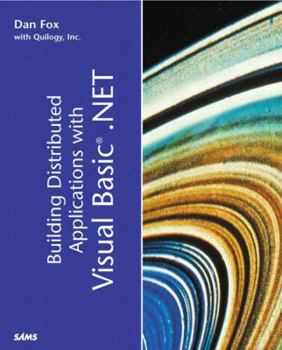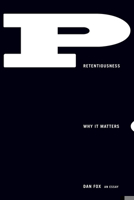Building Distributed Applications with Visual Basic.Net
Select Format
Select Condition 
You Might Also Enjoy
Book Overview
Customer Reviews
Rated 5 starsAn excellent book on FEM for graduates or professionals
The Finite Element Methodology though conceptually simple (eat the elephant by chopping it up into mouthfuls), becomes somewhat involved when applied, because the of tricks used to get solutions, after all you still may have to solve 100,000 PDEs to get your approximate solution to an otherwise intractable problem. So in its own way FEM can become a bit of a pachyderm itself. This book is very good, but be aware that this...
0Report
Rated 5 starsexcellent book
an excellent,and also one of the best several books in FEM, definitely. But you need to invest much time to read and understand those math and theories behind the FE, then you can only get the really good insight into the subject.
0Report
Rated 5 starsdon't miss this book
I consider this book simply excellent. The book does contain all the information you need to understand the finite element method. It comes with a companion software you can download. I don't actually understand those people who complain about the "excess" of math: com'on. If you don't like math, why in the world are you trying to do FE analysis? If you need to know, say, what is hourglassing, you need to know the theory behind...
0Report
Rated 5 starsDefinitely five stars!
The author hase chosen the best, in my oppinion, way to present the background maths using functionals, this not being the fact with other, indeed classic and valuabe, though much more expensive, texts on the subject. Actually most use the original forms of variatonal formulations, which are tricky and result in very lengthy equations. Regarding the method itself, this text includes almost everything you should know to solve...
0Report






































